Introduction: Setting the Pace for Progress
For many aspiring runners, a common question emerges early in the journey: how long does it take to get better at running? Whether you’re new to the sport or returning after a long break, understanding the timeline for progress is critical for maintaining motivation and setting realistic goals. Unlike one-size-fits-all timelines, the path to improved endurance and performance is shaped by a complex interplay of factors, from genetics and training frequency to nutrition, recovery, and mindset. In this comprehensive guide, we’ll unpack the science of running adaptation, drawing from expert insights and peer-reviewed studies to offer a nuanced understanding of what it takes to truly improve.
While popular fitness influencers often offer simplified answers—”just give it 30 days”—the truth is that human physiology does not adhere to neat timelines. Adaptation occurs on a continuum, and measurable gains may arrive in weeks for some and take months for others. We’ll explore how long it takes to get good at running, what it means to “get in shape” through running, and how to gauge whether you’re genuinely getting better. By the end of this article, you’ll have an evidence-based roadmap to navigate your running journey safely and sustainably.
You may also like: Build Running Stamina Fast: Best Exercises to Increase Endurance and Boost Performance Naturally
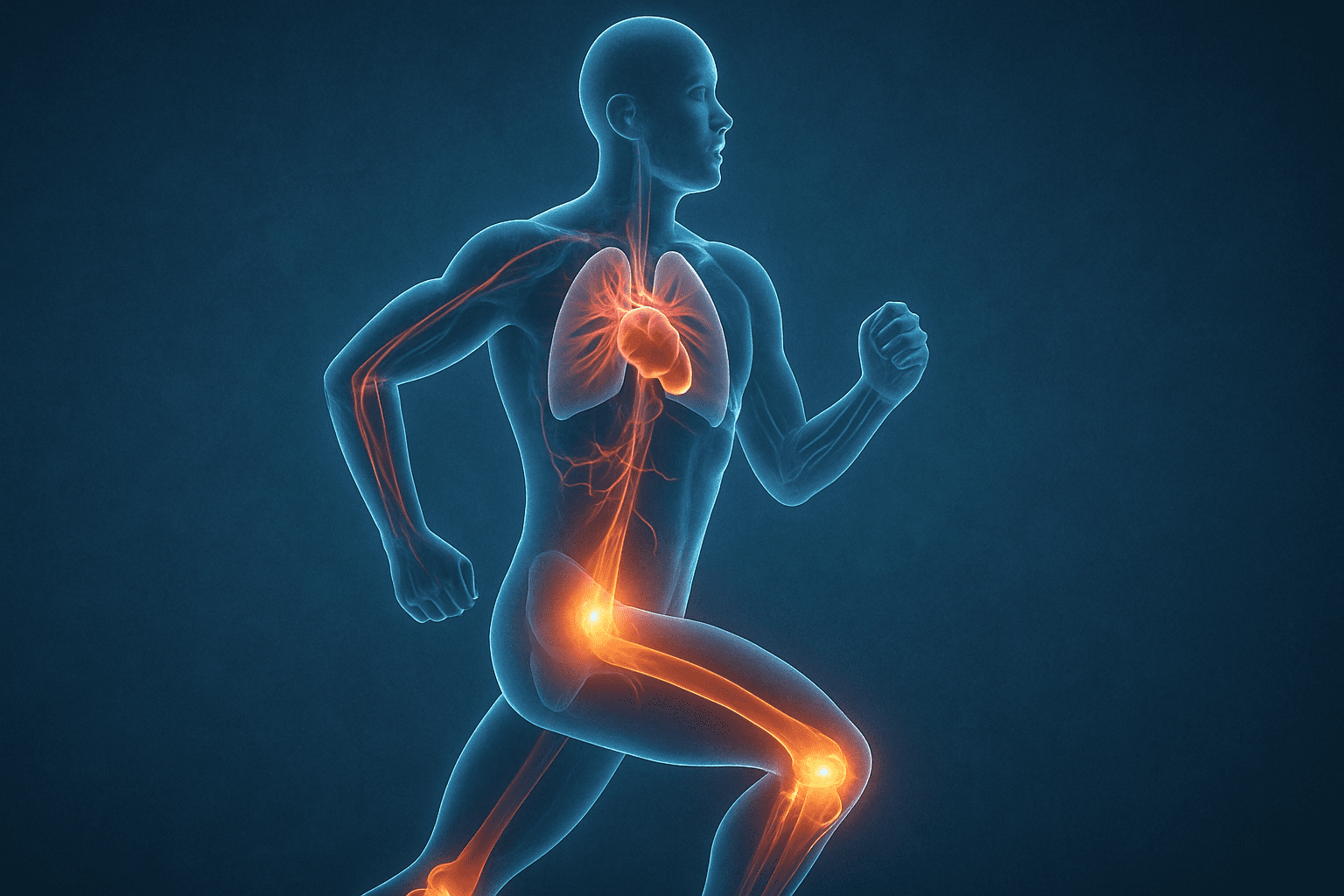
Understanding Running Adaptation: More Than Just Mileage
Running is a full-body activity that triggers widespread physiological changes over time. Cardiovascular adaptations begin almost immediately, often within the first few weeks of consistent training. These early gains are typically attributed to improved heart efficiency, oxygen transport, and capillary density, all of which contribute to a higher VO2 max—the gold standard for endurance performance. However, while your lungs and heart may adapt relatively quickly, muscular and structural changes tend to occur more gradually.
One of the key reasons it takes time to get better at running is the body’s need to reinforce connective tissue. Tendons, ligaments, and joints undergo stress with each stride, and strengthening these structures takes weeks, sometimes months. Rushing the process often leads to overuse injuries like shin splints, Achilles tendinopathy, or runner’s knee. Therefore, even if your cardiovascular system feels ready to push harder, it’s essential to respect the timeline of musculoskeletal adaptation.
Moreover, neuromuscular coordination plays a vital role in running efficiency. With practice, your brain and body become more synchronized, improving stride length, cadence, and energy economy. These improvements are subtle and cumulative, often taking months of consistent effort to fully manifest. Thus, when we ask how long does it take to get better at running, we must look beyond endurance alone and account for the multifaceted nature of physical adaptation.
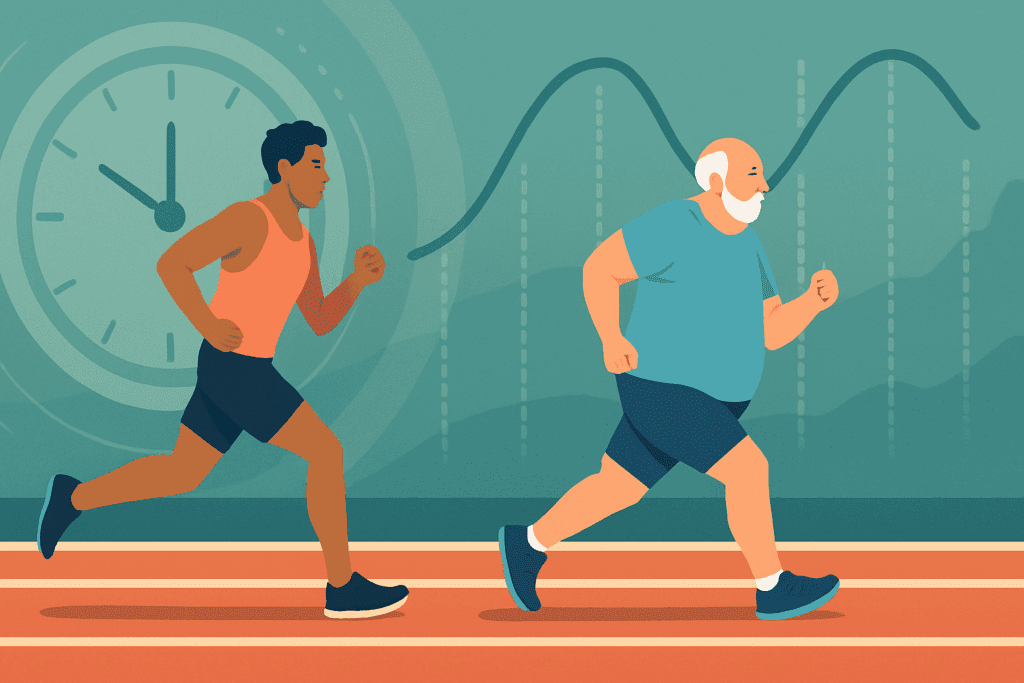
Setting Realistic Expectations: What the Research Says
If you’re wondering how long does it take to get in shape running, the answer depends on how you define “in shape.” For general fitness, significant cardiovascular improvements can be observed in as little as four to six weeks with moderate-intensity running three to four times per week. A 2019 study published in the Journal of Sports Sciences demonstrated that previously sedentary adults improved their VO2 max by up to 15% within eight weeks of beginning a running regimen.
However, becoming a proficient or competitive runner often requires a much longer timeline. Training adaptations follow the principle of progressive overload, meaning that as your body adapts, you’ll need to gradually increase distance, intensity, or frequency to continue improving. For most recreational runners, it takes three to six months of consistent training to notice substantial gains in both speed and endurance. Elite athletes, by contrast, often spend years refining their form and fitness to reach peak performance.
This discrepancy underscores the importance of personalizing your expectations. While the internet is filled with anecdotal timelines claiming that anyone can run a 5K in a month, the reality is that your age, weight, training history, and recovery practices all play crucial roles. By grounding your expectations in scientific reality rather than online hype, you’re more likely to sustain your training and avoid burnout.
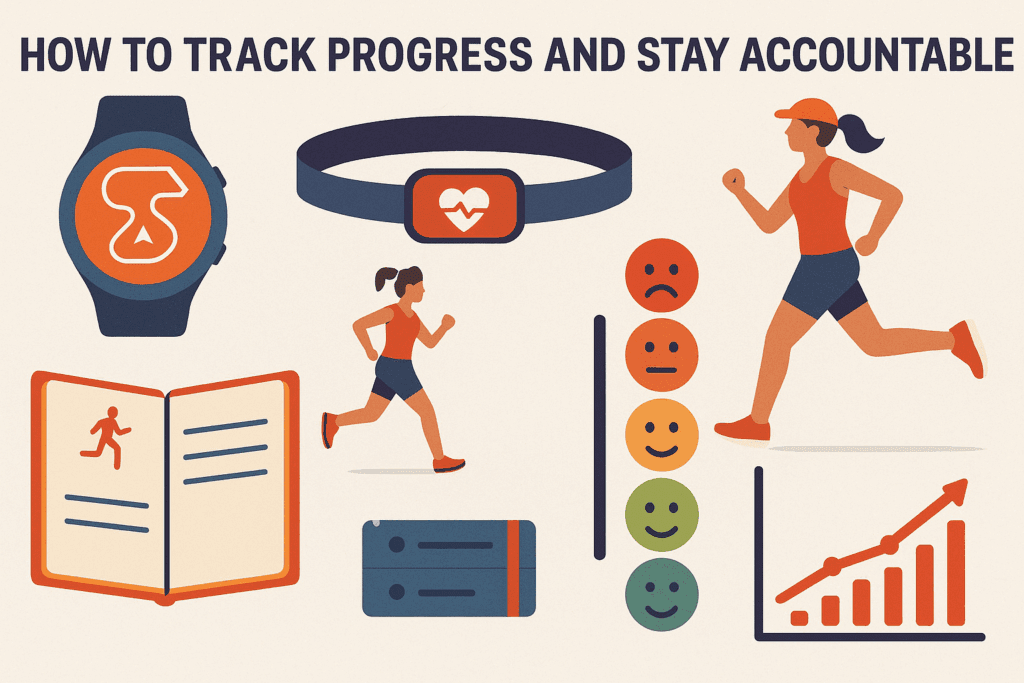
The Role of Training Structure in Running Progression
One of the most critical elements in determining how long it takes to get good at running is the quality of your training program. Random runs without structure may yield short-term improvements, but long-term success hinges on strategic planning. Most running programs incorporate a mix of long runs, interval training, tempo runs, and rest days to stimulate different energy systems and promote recovery.
Long runs, typically performed at a conversational pace, help build aerobic endurance and increase mitochondrial density within muscle cells. Tempo runs, conducted at a moderately hard pace, improve lactate threshold—the point at which fatigue sets in. Interval training, involving short bursts of high-intensity effort followed by rest, enhances speed and VO2 max. Each type of workout serves a distinct physiological purpose and contributes to overall performance improvement.
Without this diversity, progress often stalls. Many beginners make the mistake of running at the same pace every day, which can lead to plateaus and even overtraining. A well-structured plan not only accelerates improvement but also reduces the risk of injury. Whether you’re training for a 5K or aiming to run your first marathon, integrating variety and progression into your routine is essential.
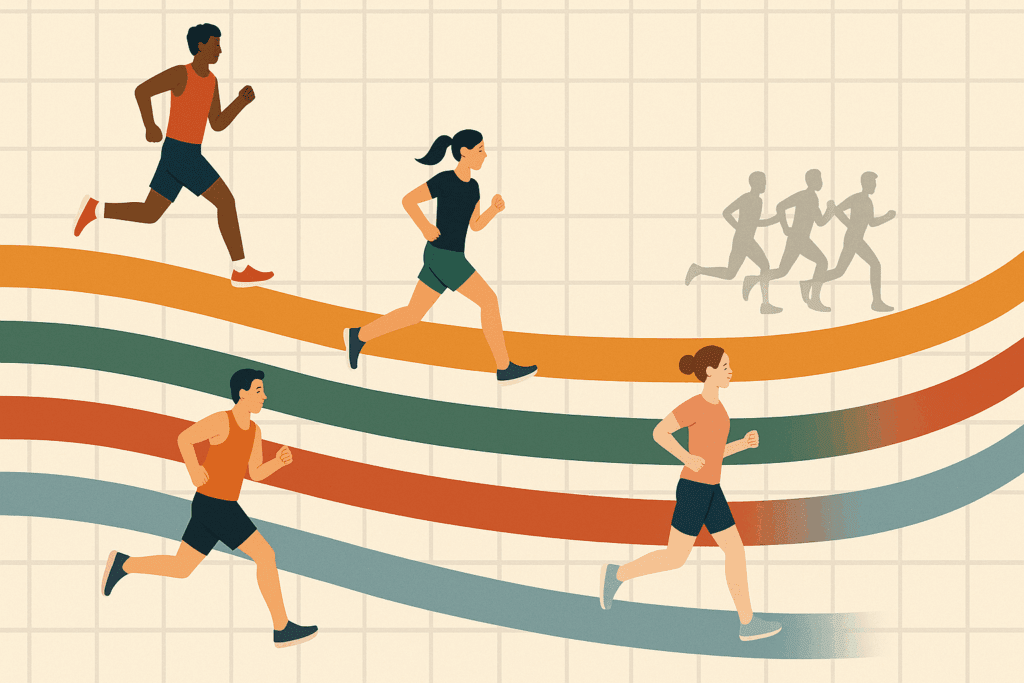
Nutrition, Sleep, and Recovery: The Silent Performance Enhancers
It’s easy to overlook the off-the-track aspects of running performance, yet these may be the most influential factors in determining how long it takes to get in shape running. Nutrition, hydration, and sleep play pivotal roles in muscle repair, energy availability, and hormonal balance. Without adequate recovery, your body cannot adapt efficiently, no matter how well you train.
Carbohydrates are the primary fuel source for runners, and maintaining glycogen stores is essential for sustained performance. Protein supports muscle repair and growth, while healthy fats contribute to hormonal health and inflammation regulation. Micronutrients like iron, magnesium, and B vitamins also influence energy metabolism and red blood cell production—key components in oxygen transport.
Sleep, too, is a cornerstone of recovery. During deep sleep, growth hormone is released, promoting tissue repair and adaptation. A chronic sleep deficit can impair decision-making, increase perceived exertion, and reduce performance gains. For those seriously asking how long does it take to get better at running, neglecting sleep could be the hidden reason progress feels slow or inconsistent.
Injury prevention is also part of the recovery equation. Foam rolling, mobility work, massage, and active recovery runs can keep the body supple and resilient. When recovery is prioritized alongside training, the time required to see improvements may shorten, making the journey more enjoyable and sustainable.

The Psychological Side of Running Improvement
While the physical aspects of running are widely discussed, the mental side is often underappreciated. Running is as much a psychological endeavor as it is a physical one. Motivation, mental endurance, and goal-setting strategies all influence how quickly and effectively one improves.
Cognitive strategies like positive self-talk, visualization, and mindfulness have been shown to enhance athletic performance. Runners who engage in goal-oriented training often stay more consistent and experience greater satisfaction. Whether your goal is to finish a local 10K or qualify for the Boston Marathon, having a clear target helps direct your efforts and maintain motivation during plateaus.
Moreover, the concept of “flow”—a state of deep immersion and enjoyment during activity—can significantly impact performance. Achieving flow during a run is associated with increased enjoyment, better pacing, and even improved physiological efficiency. Understanding and nurturing your mental game is vital if you’re serious about improving your running ability.
Finally, overcoming mental barriers such as imposter syndrome, comparison with others, and fear of failure can liberate you to train more authentically and confidently. The timeline for getting good at running is not only about physical adaptation but also about the psychological resilience to keep showing up when progress is slow or setbacks occur.
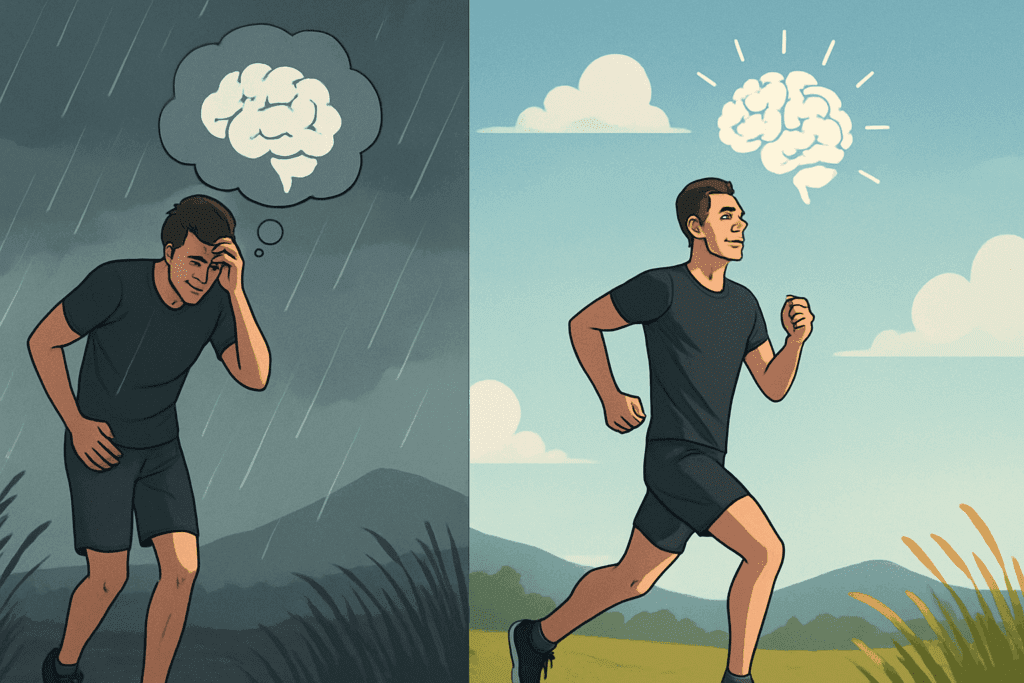
How to Track Progress and Stay Accountable
Tracking progress is essential for staying motivated and adjusting your training plan as needed. However, it’s important to focus on more than just pace or distance. Improvements in heart rate variability, perceived exertion, recovery time, and mental well-being are also valuable indicators of progress.
Many runners find that journaling their workouts or using apps like Strava, Garmin Connect, or Nike Run Club helps keep them accountable and reflective. These tools provide insight into patterns, highlight areas of improvement, and flag signs of overtraining. Reviewing your data over time can reinforce the fact that progress is occurring, even when it feels slow.
Another key strategy is periodic testing. Running a timed mile every few weeks or repeating a specific interval workout can provide tangible benchmarks. These milestones offer more nuanced feedback than daily mileage alone and help answer the often-asked question: how long does it take to get better at running?
Having a coach, mentor, or accountability partner can also accelerate progress. Expert guidance ensures that your training is tailored to your goals, and external encouragement can boost morale during challenging periods. The combination of self-awareness, data, and support can significantly shorten the time it takes to reach your running goals.
Adapting Your Approach for Long-Term Sustainability
Running improvement is not a linear process. Setbacks such as illness, injury, or life events can disrupt momentum. Understanding how to adapt and pivot is critical for long-term success. Flexibility in your training mindset ensures that short-term interruptions do not derail your overall trajectory.
One way to foster sustainability is through periodization—the strategic cycling of training intensity and volume over time. This approach allows for planned rest and recovery phases, which prevent burnout and promote long-term growth. Even elite runners adhere to these cycles, using off-seasons to rebuild and recharge before ramping up again.
Additionally, cross-training activities like swimming, cycling, or strength training can maintain fitness while reducing impact on the joints. This strategy is especially useful during periods of injury recovery or performance plateaus. Cross-training diversifies physical stimulus and often reinvigorates motivation.
Ultimately, improving as a runner means listening to your body, being honest about your needs, and adapting your plan accordingly. The better you become at making strategic adjustments, the shorter and smoother your path to performance enhancement will be.
Frequently Asked Questions: How Long Does It Take to Get Better at Running?
1. Can genetics influence how quickly someone improves at running?
Yes, genetics can play a significant role in how long it takes to get better at running. While training and lifestyle choices are critical factors, certain individuals are genetically predisposed to higher aerobic capacity, more efficient oxygen usage, and superior muscle fiber composition, especially those with a higher proportion of slow-twitch fibers. These biological advantages can lead to faster improvements, particularly in endurance-related metrics. However, even for those without these natural predispositions, consistent training and personalized programming can yield significant results. So, although genetics may affect how long it takes to get good at running, dedication and a strategic approach still allow most runners to improve meaningfully over time.
2. How does age impact the timeline for running improvement?
Age is another important factor that can influence how long it takes to get in shape running. Younger individuals often experience quicker physiological adaptations due to faster muscle recovery, hormonal balance, and metabolic efficiency. However, older runners benefit from accumulated discipline, mental resilience, and often a more sustainable, long-term mindset toward fitness. While gains may come more gradually with age, they are by no means impossible—many masters runners set personal records well into their 40s and 50s. Adjusting expectations and focusing on proper recovery allows older athletes to still improve steadily, even if it takes longer to get better at running than it might for a younger counterpart.
3. Can strength training accelerate progress in running performance?
Absolutely. Strength training not only enhances muscular power and joint stability but also reduces injury risk, allowing for more consistent training. When incorporated into a running program, strength work can improve neuromuscular efficiency and running economy—both of which contribute to faster improvements. For runners wondering how long it takes to get good at running, integrating resistance exercises like squats, lunges, and core work may shorten that timeline by improving stride efficiency and shock absorption. The enhanced biomechanics from strength training can also help runners tackle varied terrain with less fatigue and better control.
4. What psychological barriers can delay running progress?
Mental blocks such as fear of failure, imposter syndrome, and performance anxiety can all delay improvement, regardless of physical readiness. Many runners struggle with internal comparisons, which can lead to burnout or demotivation. When you’re asking yourself how long does it take to get in shape running, it’s essential to also reflect on whether mental hurdles are holding you back. Engaging in sports psychology techniques—such as visualization, goal setting, and self-talk—can enhance mental resilience and unlock faster physical progress. Ultimately, the journey to get better at running requires both physical and psychological alignment.
5. How can wearable technology help assess improvement more accurately?
Wearable devices like GPS watches and heart rate monitors provide more nuanced insights than pace and distance alone. These tools can track metrics such as cadence, ground contact time, and heart rate variability—offering a detailed picture of progress. When used consistently, they help runners determine whether changes in training are yielding tangible improvements, even if those changes aren’t immediately visible in race times. If you’re wondering how long it takes to get better at running, using wearables can reveal early, subtle gains in fitness that motivate continued effort. They can also help identify signs of overtraining, allowing timely adjustments before setbacks occur.
6. Are there common mistakes that delay running improvement?
Yes, overtraining, under-fueling, and poor recovery practices are among the most common mistakes. Many runners push too hard without allowing their bodies adequate time to rest and rebuild, which can lead to chronic fatigue and injury. Others fail to fuel properly, especially with carbohydrates and protein, thereby impeding recovery and adaptation. These issues can make it feel like you’re stuck, prolonging how long it takes to get in shape running. Avoiding these pitfalls through strategic planning, proper nutrition, and adequate sleep can make the process of getting better at running more efficient and enjoyable.
7. Does environmental training affect how fast someone improves?
Training at altitude, on hills, or in hot and humid conditions challenges the body in unique ways, often leading to faster physiological adaptations. For example, altitude training can stimulate red blood cell production, enhancing oxygen transport. Similarly, heat training can improve plasma volume and thermoregulation. These adaptations can translate into noticeable performance gains once an athlete returns to more neutral conditions. For those evaluating how long it takes to get good at running, environmental stressors can either accelerate or hinder progress depending on how well one adapts. The key is controlled exposure and gradual acclimatization.
8. Can running form and biomechanics significantly impact progress?
Inefficient biomechanics can slow progress and increase injury risk, making it feel like it takes longer to get better at running even with consistent effort. Issues like overstriding, poor posture, and imbalanced muscle use can waste energy and strain joints. Working with a coach or undergoing a gait analysis can identify problem areas and lead to targeted interventions such as mobility work, strength training, or drills. Refining form not only enhances performance but also shortens how long it takes to get in shape running by improving energy economy. Over time, small biomechanical adjustments can yield significant long-term gains.
9. What role does cross-training play in becoming a better runner?
Cross-training—like swimming, cycling, or rowing—allows runners to build cardiovascular fitness without the repetitive impact stress of running. It’s especially useful during injury recovery or as a complementary activity to reduce the risk of overuse injuries. By diversifying your movement patterns, cross-training helps maintain aerobic conditioning while reducing fatigue in running-specific muscles. If you’re considering how long it takes to get better at running, incorporating cross-training can sustain or even accelerate your progress by preserving fitness during periods when running volume needs to be reduced. It also promotes a more holistic and balanced fitness profile.
10. How do social support and community influence running progress?
Social accountability can be a powerful motivator. Training with a group or having a running partner can enhance consistency, provide encouragement, and reduce the mental burden of tough workouts. Sharing progress with a community can also offer validation and perspective, especially during periods when improvements feel slow. For those questioning how long it takes to get good at running, surrounding yourself with a supportive network can help you stay the course. Group dynamics often push individuals to perform at a higher level and foster a sense of shared progress that makes the journey more fulfilling.
Conclusion: Progress at Your Pace—Mastering the Art of Running Improvement
So, how long does it take to get better at running? The answer, while nuanced, is deeply personal and profoundly variable. Some runners may notice improvements within weeks, while others require several months of disciplined training, proper nutrition, and adequate recovery to see meaningful gains. Regardless of where you start, progress is always within reach when approached with patience, intelligence, and consistency.
Whether your goal is to learn how long it takes to get in shape running or to discover how long it takes to get good at running for competition, the process begins with a commitment to sustainable habits and a curiosity about your body’s capacity to adapt. Science tells us that with the right strategies—structured training, supportive recovery, and psychological resilience—performance can improve steadily and safely over time.
As you move forward in your running journey, remember that improvement is not only about hitting faster times or longer distances but also about cultivating a lifelong relationship with movement. Trust the process, honor your progress, and know that every step you take brings you closer to your best self. In the end, the question isn’t only how long does it take to get better at running—but how far you’re willing to go to find out.
Was this article helpful? Don’t let it stop with you. Share it right now with someone who needs to see it—whether it’s a friend, a colleague, or your whole network. And if staying ahead on this topic matters to you, subscribe to this publication for the most up-to-date information. You’ll get the latest insights delivered straight to you—no searching, no missing out.
Further Reading:
How to Run Faster: 22 Expert Tips

